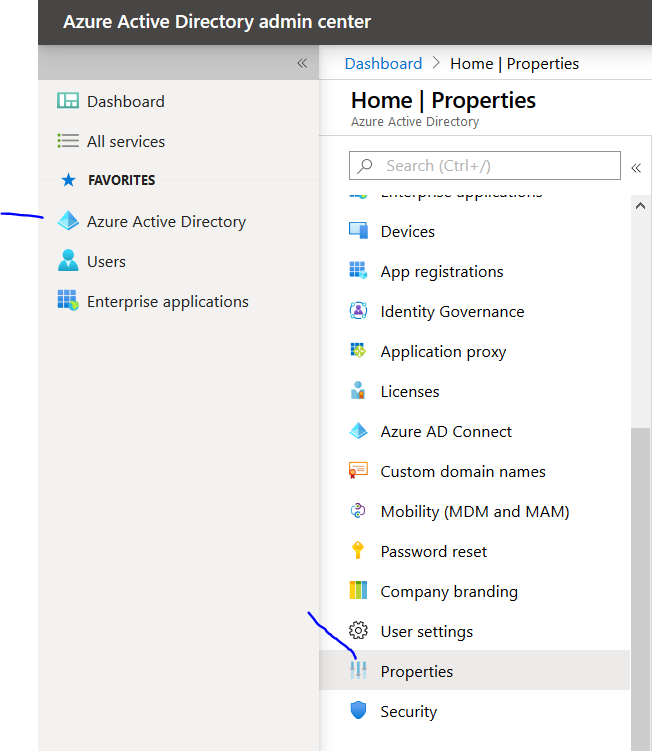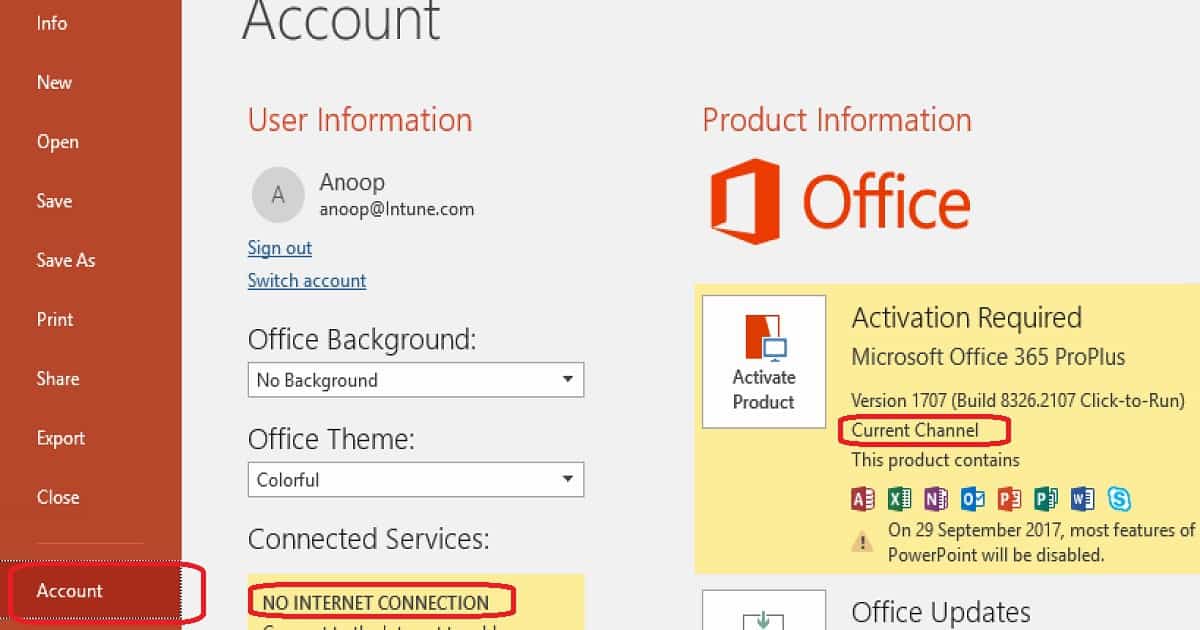

Typically, you only want to run the tool if you're trying to solve a problem. I'm not experiencing any problems with Office. In the worst case scenario, if you choose to reset all apps and the tool finds that all of your apps have missed the last six updates (what it refers to as 'ancient') it will download and install the latest version of every Office app (approximately 3.5GB) - which will take some time to complete for the average home user. The time can vary between a minute and an hour, depending upon the state of your Mac and the options that you choose.

Alternatively, if you're seeing a sign-in or license error in multiple apps (Word, Excel, PowerPoint, Outlook), you should instead choose the 'Reset License and Sign-In' option. For example, if you're seeing an error every time you try to launch Excel, but the other Office apps seem to work just fine, you will want to choose only the 'Reset Excel' option. You should only select the checkboxes for the apps that you're having problems with. How do I know which checkboxes to select? Office-Reset automates this process for you and provides more options than just brute-force removal. There is a knowledge base article on how to remove Office manually but it's fairly involved and labor-intensive. These files live in some pretty obscure and hard to find places. There are many other periphery files created when you launch, activate and sign-in to Office. The app that you see in your /Applications folder is just the program. If I'm having issues, can't I just simply download and reinstall Office? Learn more about the latest macOS release at. Office 365 customers using Office 2016 for Mac will receive mainstream support, but not new Office 365 features.

To continue receiving the most up-to-date Office 365 features on Mac starting from this September 2018 update, Office 365 users will need to be running the Office 365 Subscription version and move to macOS 10.12 or later so they can update from the Office 2016 for Mac client to Office 2019 for Mac. What do I need to do to prepare for this change? Office 365 customers remaining on older macOS versions with Office 2016 for Mac will receive mainstream support, but not new Office 365 features. You will also be required to be on the Office 365 Subscription version to receive these updates.Īs part of the upcoming September 2018 update, Office 365 for Mac users on macOS 10.12 or later will receive an update from the Office 2016 for Mac client to Office 2019 for Mac in order to maintain access to new feature releases and updates. Users who do not update to macOS 10.12 or later before the September update will still receive mainstream support and will be able to continue using their current version of Office 365 for Mac. As of the Office 365 for Mac September 2018 update, macOS 10.12 or later is required to update to the new version of the Office client apps for Mac and receive new feature updates.


 0 kommentar(er)
0 kommentar(er)
